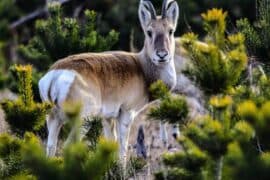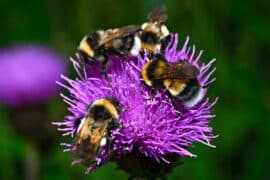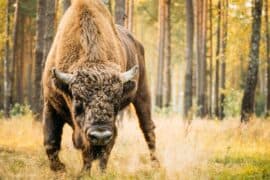Black Phoebe
(Sayornis nigricans)
Description
Sayornis nigricans, commonly known as the Black Phoebe, is a small passerine bird that belongs to the family Tyrannidae. This bird is native to western North America, from British Columbia in Canada to Baja California in Mexico. Black Phoebes are relatively common and easily recognizable, and are often found near water sources such as streams, ponds, and marshes. Taxonomy and etymology The Black Phoebe was first described by the naturalist John James Audubon in 1839. Its scientific name, Sayornis nigricans, is derived from the Greek words "sayornis", which means "a bird that catches insects on the wing", and "nigricans", which means "blackish" or "dark". The species is monotypic, meaning it has no subspecies. Physical characteristics The Black Phoebe is a small, stocky bird that typically measures between 5.5 and 6 inches (14-15 cm) in length and weighs between 0.4 and 0.5 ounces (11-14 grams). The bird has a distinctive black body with a white belly and undertail coverts. The wings are also black, but have white patches on the primary feathers, and the tail is square-tipped and black. The bill is short and black, and the legs and feet are dark gray. Behavior Black Phoebes are primarily insectivorous and feed on a variety of flying and non-flying insects such as mosquitoes, flies, beetles, and caterpillars. They are known for their flycatching behavior, which involves perching on a low branch or other structure near the water and darting out to catch insects in mid-air. Black Phoebes also feed on spiders, small fish, and occasionally, fruit. Black Phoebes are monogamous and mate for life. During breeding season, they build their nests out of mud, moss, and grass, usually under an overhang or in a crevice near the water. The female lays a clutch of 2 to 4 white eggs, which are incubated by both parents for approximately 14 days. Once the eggs hatch, both parents feed and care for the young birds until they fledge at around 16-19 days old. Habitat and distribution Black Phoebes are found primarily in riparian habitats, which are areas near streams, ponds, and other bodies of water. They are also commonly found in urban areas such as parks, gardens, and golf courses. The species is native to western North America, from British Columbia in Canada to Baja California in Mexico, and is a resident bird, meaning it does not migrate. Conservation status The Black Phoebe is classified as a species of Least Concern by the International Union for Conservation of Nature (IUCN) due to its wide range and stable population. However, like many other bird species, Black Phoebes face threats from habitat loss, pollution, and climate change. In urban areas, Black Phoebes are sometimes considered pests due to their tendency to build nests on buildings and structures. However, these birds are beneficial to humans as they help control insect populations. Conclusion The Black Phoebe is a small but charismatic bird that is found in western North America. Its distinctive black and white plumage, flycatching behavior, and preference for riparian habitats make it easily recognizable and a favorite among birdwatchers. While the species is not currently threatened, continued conservation efforts are necessary to ensure the continued survival of this important insectivore.
Taxonomic tree:







